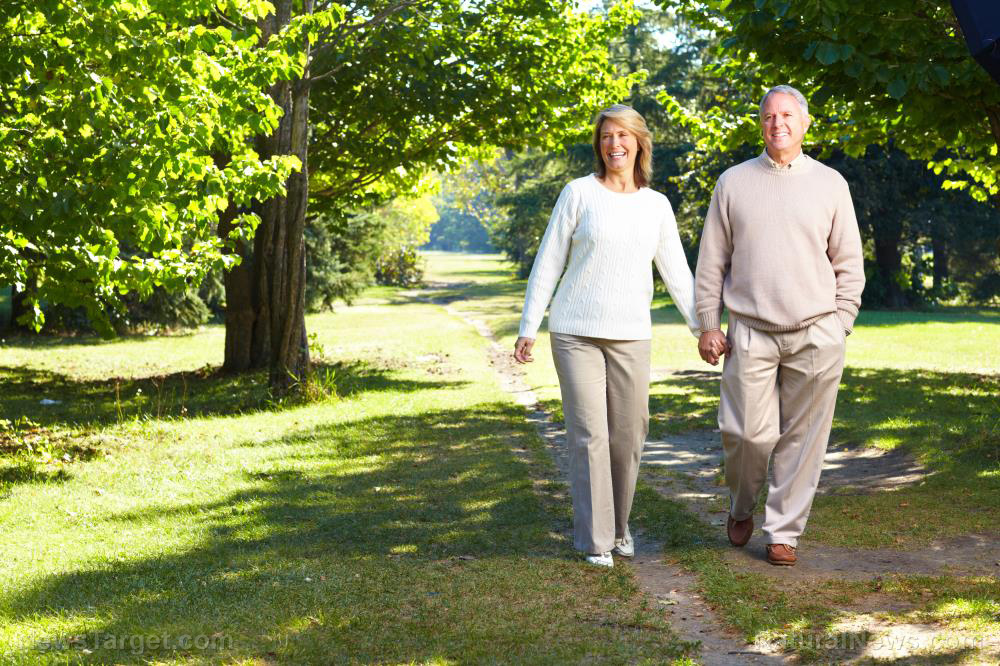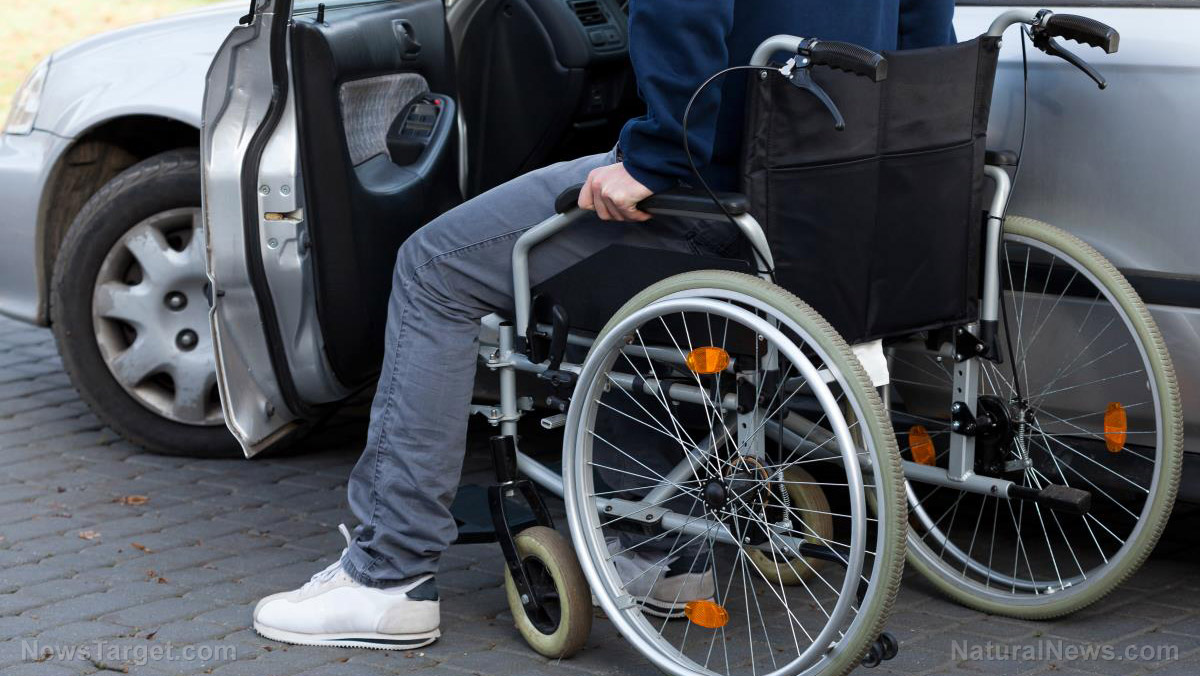Study: Walking for an extra 10 minutes daily can increase your life expectancy
07/05/2022 / By Zoey Sky

Walking is one of the easiest ways to incorporate exercise into your daily routine, especially if you’re not well enough for vigorous activities or if you don’t have time for a full gym workout.
According to a study published in the journal JAMA Internal Medicine, walking for an extra ten minutes daily may also add years to your life.
Walk daily for better overall health
For the study, the researchers analyzed the health records and mortality rates of 4,840 participants aged 40 to 85 to determine if small increases in their activity level prevented deaths.
They also measured moderate-to-vigorous physical activity based on data gathered from volunteers, who wore accelerometers for one week. The devices measured how active the volunteers were for the duration of the study. (Related: These boots were made for walking: Increase your walking time to enjoy multiple long-term health benefits.)
According to the results, the risk of dying from any cause dropped as exercise levels increased.
The researchers also estimated that:
- Increasing physical activity by at least 10 minutes per day would help prevent 111,174 deaths across the U.S. population annually or by 6.9 percent.
- Increasing physical activity by as much as 20 minutes every day could reduce America’s fatality toll by 209,459 per year or 13 percent.
- Lastly, increasing physical activity by 30 minutes every day could reduce the country’s fatality toll by 272,297 annually or 16.9 percent.
Meanwhile in the U.K., death data from the Office for National Statistics suggest that adding 10 more minutes of exercise into one’s daily routine could result in 10,000 fewer deaths annually. The researchers also found that men would benefit most from an increase in exercise, with 10 minutes more per day reducing eight percent of total deaths. Additionally, fatalities among women would go down by at least 5.9 percent.
The study also revealed that with 10 minutes of exercise, deaths would drop:
- 7.3 percent among white people
- 4.8 percent among Mexican Americans
- 6.1 percent among non-Hispanic black people
Dr. Pedro Saint-Maurice, the study’s lead author, said that the results should encourage older adults to increase their physical activity.
“To our knowledge, this is the first study to estimate the number of preventable deaths through physical activity using accelerometer-based measurements among US adults while [recognizing] that increasing activity may not be possible for everyone,” explained Saint-Maurice.
Tips for incorporating walking into your daily routine
Walking is a great exercise if you want to maintain a healthy weight without spending too much money on equipment or if you’re looking for a low-impact activity.
Try the tips below to turn your daily walk into a walking workout:
- Dress the part. Choose a comfortable closed-toed pair of shoes like running shoes or tennis shoes for proper support. A sports bra is recommended for ladies.
- Start with a dynamic warm-up. This helps boost blood flow and activate all the muscles you need for walking, like your hip flexors and quads.
- If you’ve been walking for a while, try to add more steps to keep your routine challenging. Remember that how short or how far your walk is will depend on your starting point and current fitness level.
- End your walk with a stretch session. Stretching after a long walk will help loosen warm, limber muscles and ease some of the strain and fatigue from all the walking you’ve done.
Boost your overall health by incorporating a 10- or 20-minute walk into your daily routine.
Visit Longevity.news for more articles about how to increase your life span.
Watch the video below to know why you should start using a printable health tracker regularly.
This video is from the Elaine Watkins channel on Brighteon.com.
More related stories:
Strength training, more than walking and cycling, significantly reduces heart disease risk.
For postmenopausal ladies: Try walking downhill after every meal to maintain bone health.
Sources include:
Submit a correction >>
Tagged Under:
aging, aging secrets, brisk walking, elderly, exercise, fitness, health science, life expectancy, life span, longevity, men's health, natural medicine, physical activity, prevention, research, slender, women's health
This article may contain statements that reflect the opinion of the author




















